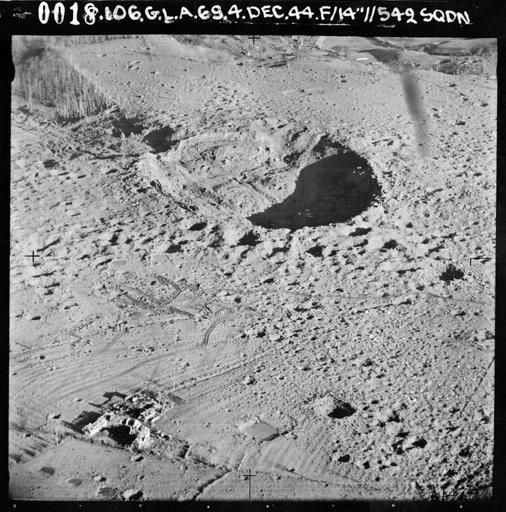About
The military accident that created the Hanbury Crater on November 27, 1944 was, at the time, the largest non-nuclear explosion ever to have occurred in the world. It occurred when some 3,500-4,000 tones of bombs, shells and rifle ammunition exploded at RAF Fauld, a bomb dump in a disused gypsum mine.
The resulting crater was 100 feet deep and 400 yards across (some report more than double these figures). Not all of the bombs exploded and it has been too dangerous to recover the unexploded ones from the crater—they remain as a potential threat to this day.
The cause of the explosion was said to be someone using a brass chisel to remove a detonator from a bomb, although these days the idea of returning unused bombs to a bomb dump still containing their fuses would seem ludicrous.
The effect was devastating. Nearby, an entire farm was obliterated. Water released by the destruction of a 450,000 cubic metre reservoir added to the damage and 37 people were drowned. About 70 people were killed in the incident including RAF personnel and six Italian prisoners of war who were working at the site.
Another remarkable fact is that much of the mine and much of the stored ordnance survived the explosion and the facility continued to be used by the RAF until 1966. Until recently it had been possible to enter the underground facilities (probably illegally) but all entrances are now sealed. Visitors are not permitted to enter the crater but it's scale can be clearly seen from its perimeter. A memorial has been constructed close to the site, and there another at the National Memorial Arboretum at Alrewas.
Related Tags
Community Contributors
Added By
Published
November 1, 2016





































